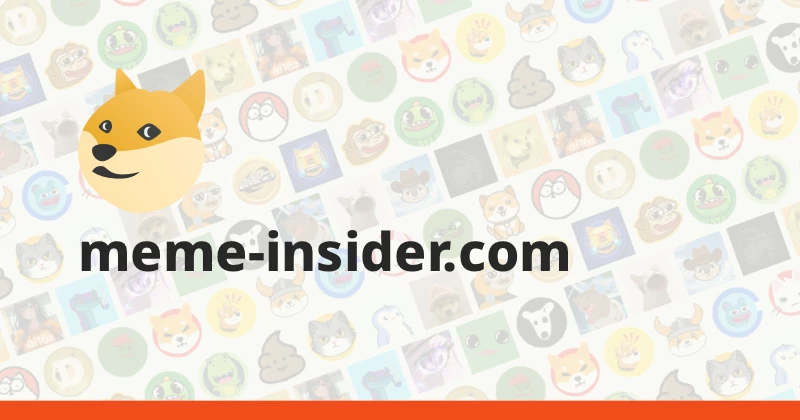Yash’s Take on Project Tokens: A Fresh Perspective from X
If you’ve been scrolling through X lately, you might have stumbled upon a thought-provoking post by Yash @yashhsm, dropped earlier today at 10:14 AM UTC on July 31, 2025. Yash breaks down project tokens into three neat categories: attention tokens (or memes), platform tokens (like Ray with revenue buyback potential), and governance tokens (where governance is mostly a fading concept). It’s a simple yet sharp take that’s got the crypto community buzzing, and here at Meme Insider, we’re diving into what it all means.
What Are These Token Types?
Let’s unpack Yash’s categories with a beginner-friendly lens.
Attention Tokens (aka Meme Tokens): Think of these as the life of the crypto party. They’re the tokens that grab eyeballs—often born from internet jokes or viral trends. Coins like Dogecoin started this way, riding a wave of hype. Yash suggests most launchpad tokens (those crowdfunded via initial coin offerings) begin here, fueled by community excitement rather than utility.
Platform Tokens: These are the grown-up version of tokens, designed to power ecosystems with real-world perks. Take Ray as an example—Yash hints at its revenue buyback or "flywheel" potential, where the token’s value could grow as the platform succeeds. It’s about creating a self-sustaining loop, which is the dream for many projects.
Governance Tokens: These were meant to give holders a say in a project’s future, like voting on updates. But Yash calls out that governance is “~dead”—a cheeky nod to how many of these tokens are more symbolic than functional nowadays. Venture capital-backed tokens often start here, though the real goal is to evolve into platform tokens.
The Evolution Game: From Meme to Platform
What’s fascinating is Yash’s observation that most tokens aim to climb the ladder from attention-grabbing memes to revenue-generating platforms, but only a few make it. This evolution depends on a few key factors:
- Community Strength: A passionate community can turn a meme token into a movement. Look at how meme coins have sometimes pivoted to utility with enough support.
- Real Utility: Does the token solve a problem or add value? Platform tokens like Ray succeed when they’re tied to a working ecosystem.
- Market Timing: Launching during a bull run can give attention tokens a boost, but sustaining growth requires adapting to market shifts.
In the thread, users like Angello3400 ask about Balitech’s potential as a platform token, citing $13,000 spent on buybacks and burns—a tactic to reduce supply and boost value. Others, like CMaster, dig deeper, asking what drives a token’s shift from attention to platform status. It’s clear this is a hot topic!
Why It Matters in 2025
As of 05:18 PM +07 on July 31, 2025, Yash’s post is timely. The crypto space is always evolving, and with blockchain trends leaning toward practical applications, the pressure is on for tokens to deliver more than just hype. Meme tokens might still dominate headlines, but the successful ones are those pivoting to platform models. Governance tokens, meanwhile, might need a rethink to stay relevant.
The Meme Insider Take
At Meme Insider, we love how Yash’s breakdown sparks conversation. His taxonomy—while playful with terms like “hopium” and “ponzi sprinkles” from replies—offers a roadmap for blockchain practitioners. Whether you’re a developer, investor, or just a meme coin enthusiast, understanding these categories can guide your next move. Check out our knowledge base for more on token economics and stay tuned as we track which tokens might make that rare leap to platform status!
What do you think—will your favorite token evolve, or is it stuck in the meme phase? Drop your thoughts in the comments, and let’s decode this together!




